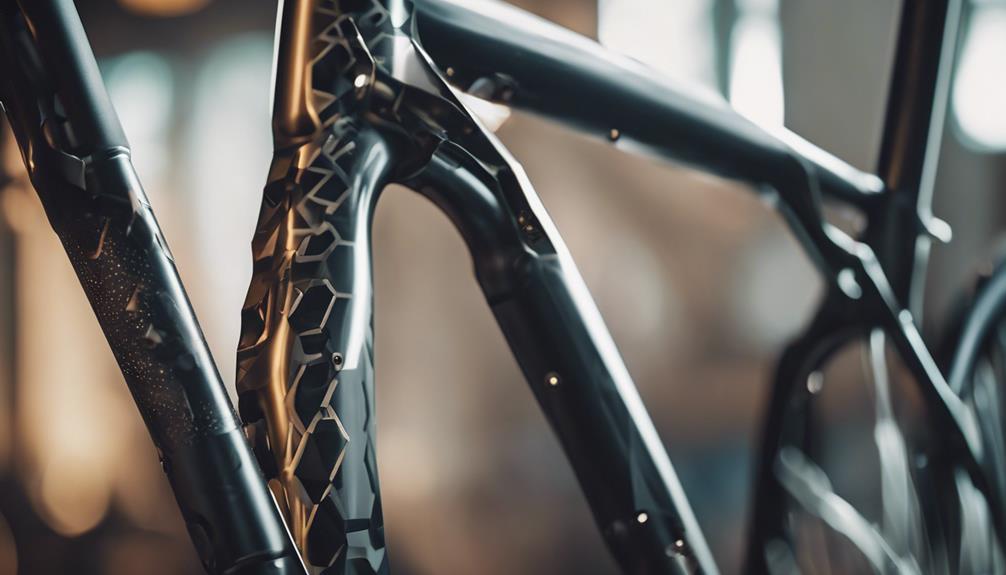As the temperatures drop and the days grow shorter, cycling enthusiasts face a unique set of challenges during the winter months. Riding in cold, wet, and icy conditions requires specialized gear to ensure safety and comfort. This article explores the essential winter cycling gear, offering insights into what to wear and why it matters for both beginner and seasoned cyclists alike.
Understanding the Importance of Winter Cycling Gear
Winter cycling presents specific challenges, including lower temperatures, precipitation, and reduced daylight. Wearing the right gear can significantly enhance your riding experience, keeping you warm and protected from the elements. Here are some reasons why investing in winter cycling gear is crucial:
- Temperature Regulation: Proper clothing helps maintain body temperature, preventing hypothermia and frostbite.
- Visibility: Longer nights require gear that enhances visibility, keeping you safe from vehicles and obstacles.
- Comfort: Specialized gear prevents discomfort from wind, rain, and snow, allowing for a more enjoyable ride.
- Performance: The right equipment can improve performance, allowing cyclists to maintain their fitness levels throughout the winter.
Key Components of Winter Cycling Gear
When preparing for winter cycling, several essential items should be on your checklist. Below, we break down the critical components of winter cycling gear:
1. Base Layers
Layering is fundamental in winter cycling. The base layer’s primary function is to wick moisture away from your skin while providing insulation. Look for materials such as merino wool or synthetic fabrics designed for moisture management.
- Merino Wool: Naturally insulating and moisture-wicking, merino wool is an excellent choice for base layers.
- Synthetic Fabrics: Materials like polyester and nylon are lightweight and dry quickly, making them ideal for active wear.
2. Mid Layers
The mid layer adds insulation and retains heat. Fleece jackets or thermal jerseys are good options, as they provide warmth without excessive bulk, allowing for comfortable movement.
- Fleece Jackets: Lightweight yet warm, fleece offers excellent insulation and breathability.
- Insulating Vests: A vest can provide core warmth while allowing freedom of movement in the arms.
3. Outer Layers
The outer layer is your first line of defense against wind, rain, and snow. Look for jackets and pants that are waterproof, windproof, and breathable.
- Waterproof Jackets: Look for jackets with sealed seams and breathable fabrics like Gore-Tex.
- Windbreakers: A lightweight windbreaker can be layered over your mid-layer for added protection against the elements.
4. Cycling Tights and Shorts
Winter cycling tights should be thermal and provide effective coverage from the cold. Bib tights are often preferred for their comfort and ability to prevent cold air from entering at the waist.
- Thermal Bib Tights: These offer warmth and comfort, with added insulation in critical areas.
- Water-Resistant Shorts: If you ride in mixed conditions, consider water-resistant shorts for added protection.
5. Footwear
Keeping your feet warm and dry is essential. Winter cycling shoes or shoe covers can help maintain warmth while providing grip and protection against wet conditions.
- Winter Cycling Shoes: Look for insulated and waterproof options that can handle cold weather.
- Shoe Covers: These can be worn over regular cycling shoes to provide extra insulation and waterproofing.
6. Gloves and Headgear
Extremities are often the first to feel the cold, making gloves and headgear critical components of winter cycling gear.
- Insulated Gloves: Look for gloves with good grip and waterproofing to maintain dexterity.
- Headbands and Balaclavas: These keep your ears and face warm while allowing breathability.
7. Visibility and Safety Gear
With shorter days and inclement weather, visibility becomes paramount for winter cyclists. Invest in reflective gear and lights to stay seen on the road.
- Reflective Vests: These can be worn over your outer layer to enhance visibility in low light.
- Front and Rear Lights: Ensure your bike is equipped with lights to illuminate your path and alert others to your presence.
Case Studies: Successful Winter Cycling Strategies
To illustrate the effectiveness of proper winter cycling gear, we can look at several case studies from experienced cyclists.
Case Study 1: Commuting in a Snowy City
In Minneapolis, where winter temperatures often dip below freezing, commuter cyclist Sarah Thompson has embraced winter cycling. She relies on a combination of thermal base layers, a high-quality waterproof outer layer, and winter-specific tires on her bike. Her commitment to safety includes using reflective gear and a well-lit bike, which has allowed her to commute year-round without major incidents.
Case Study 2: Long-Distance Winter Riding
Professional cyclist Mike Anderson participates in winter endurance races across the Midwest. His gear includes a specialized winter cycling jacket equipped with insulation and ventilation, allowing him to regulate his temperature effectively. Mike also uses heated insoles in his shoes to combat cold feet, which has drastically improved his comfort on long rides.
Statistics: The Benefits of Winter Cycling
Research shows that cycling during winter not only helps maintain fitness but also has broader mental health benefits. According to a study published in the Journal of Transport & Health:
- Regular cyclists report a 20% increase in mental well-being during the winter months.
- Winter cyclists maintain a 15% higher overall fitness level compared to those who stop cycling in colder weather.
Conclusion: Gear Up for a Safe and Enjoyable Winter Ride
Winter cycling can be a rewarding experience, provided you have the right gear to keep you warm, dry, and visible. From layering correctly with base, mid, and outer layers to investing in quality footwear and safety equipment, each component plays a crucial role in your winter cycling experience.
As you gear up for the colder months, remember the experiences of seasoned cyclists who embrace winter riding with the right equipment. By following the advice outlined in this article, you can confidently take on the challenges of winter cycling, enjoying the fresh air and maintaining your fitness, no matter the season.
